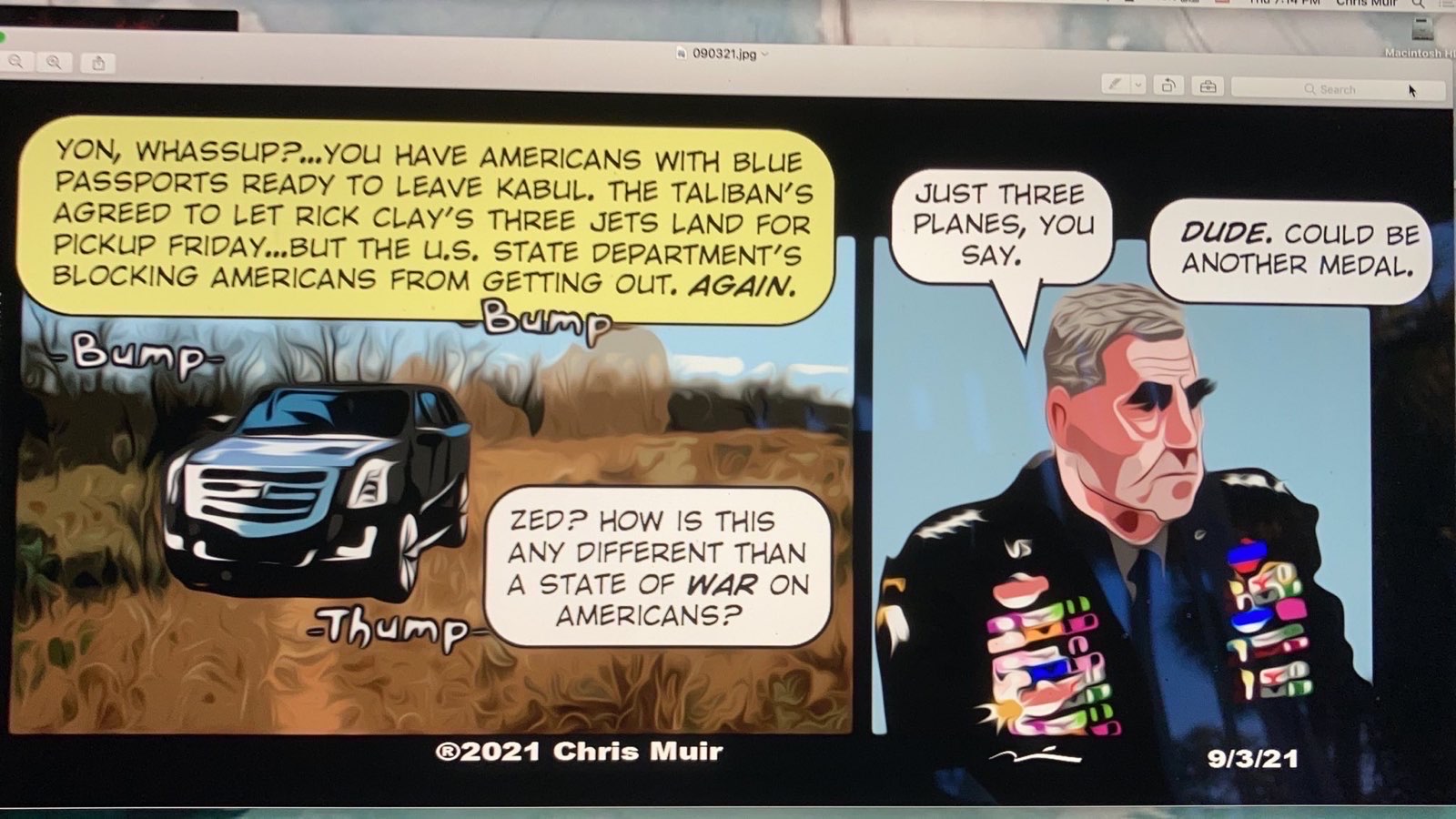Guns Magazine.
To understand how we got here we need to look at its military origins. Some years ago I had the pleasure of meeting Eugene Stoner at the SHOT Show. We were able to sit down and chat for an hour or so, which I considered a privilege then and still do.
Back in the 1950s, he said, the U.S. military had just adopted the M14 rifle using the 7.62mm cartridge, ballistically similar to the .30-06. What might be called the “Old Guard” supported the concept of powerful battle rifles and carefully aimed fire at individual targets.
Other military theorists noted enemy soldiers for the most part don’t stand around in the open waiting to get shot. They hide behind things and shoot from cover. Combat in WWII and in Korea had shown the value of suppressive fire, “shoot and move,” and the integration of infantry, artillery and air power.
The rifle they wanted would be lightweight, with moderate recoil, selective semi- or full-automatic fire, compact and fast-handling for house-to-house fighting and adequately powerful, using non-expanding bullets. Hmmm, you don’t want much, do you? Stone said the only way he knew of to make a small non-expanding bullet behave like a bigger bullet is if it tumbles on impact. Original rifles had a 1:14 twist so bullets were just barely stable in flight, but would destabilize and tumble when they hit something.
Almost as soon as it was adopted the twist was changed to 1:12 to improve stability, which some argued also decreased effectiveness. In the ’70s and ’80s military users began shifting to heavier bullets for improved downrange ballistics, requiring faster barrel twists. It took a while, but faster twists eventually appeared on sporting rifles.
Faster twists and sleeker bullets, notably from Berger and Hornady, greatly enhance the versatility of the .223. Compare a 55-grain FMJ bullet (G1 B.C. 0.243) at 3,200 fps to a Berger VLD 80-grain bullet (G1 B.C. 0.455) at 2,750 fps. With both sighted at 200 yards, bullet drop at 600 yards is 91.5″ for the 55 grain versus 82.3″ for the 80 grain. Now check the 10 mph wind drift figures: 55 grain, 60.8″; 80 grain, 32.5″. That nearly 50 percentage advantage in wind drift is huge. Moreover the 80-grain bullet starting out 450 fps slower reaches the 600-yard line going over 400 fps faster (1,271 55 grain, 1,680 80 grain).
So what is a fast-twist .223 good for? Training with moderate recoil and noise. Teaching new shooters the fundamentals of center fire rifles and longer range shooting. Moderate cost due to smaller bullets and powder charges. Excellent hunting performance for most varmint shooting and for deer, the most popular big-game target. Untold millions and billions of .223 and 5.56 rounds have been loaded over the past 60+ years. Even in times of chronic shortages there’s a good chance of finding quality brass.
In my experience 1:9 will stabilize 70- and some 75-grain bullets, 1:8 will stabilize up to 80-grain bullets. Here’s some examples of twist rates in various rifles. The Savage Elite Precision is 1:7. Browning X-bolt, Ruger American, Sako 85 and Tikka T3X are all 1:8. Ruger’s Hawkeye, Howa, most Savage models, Kimber, Steyr and Weatherby Vanguard are all 1:9. Decide what your priorities are then buy accordingly.
I have heard that from multiple experts (i.e., that 1:9 twist barrels will stabilize 62 and 69 grain bullets, or even slight heavier like the Sierra Match King bullets).
I too and very fond of the round.
And I love hearing stories about Eugene Stoner. I think we ought to build statues of him and John Moses Browning as the premier weapons designers in American history.





